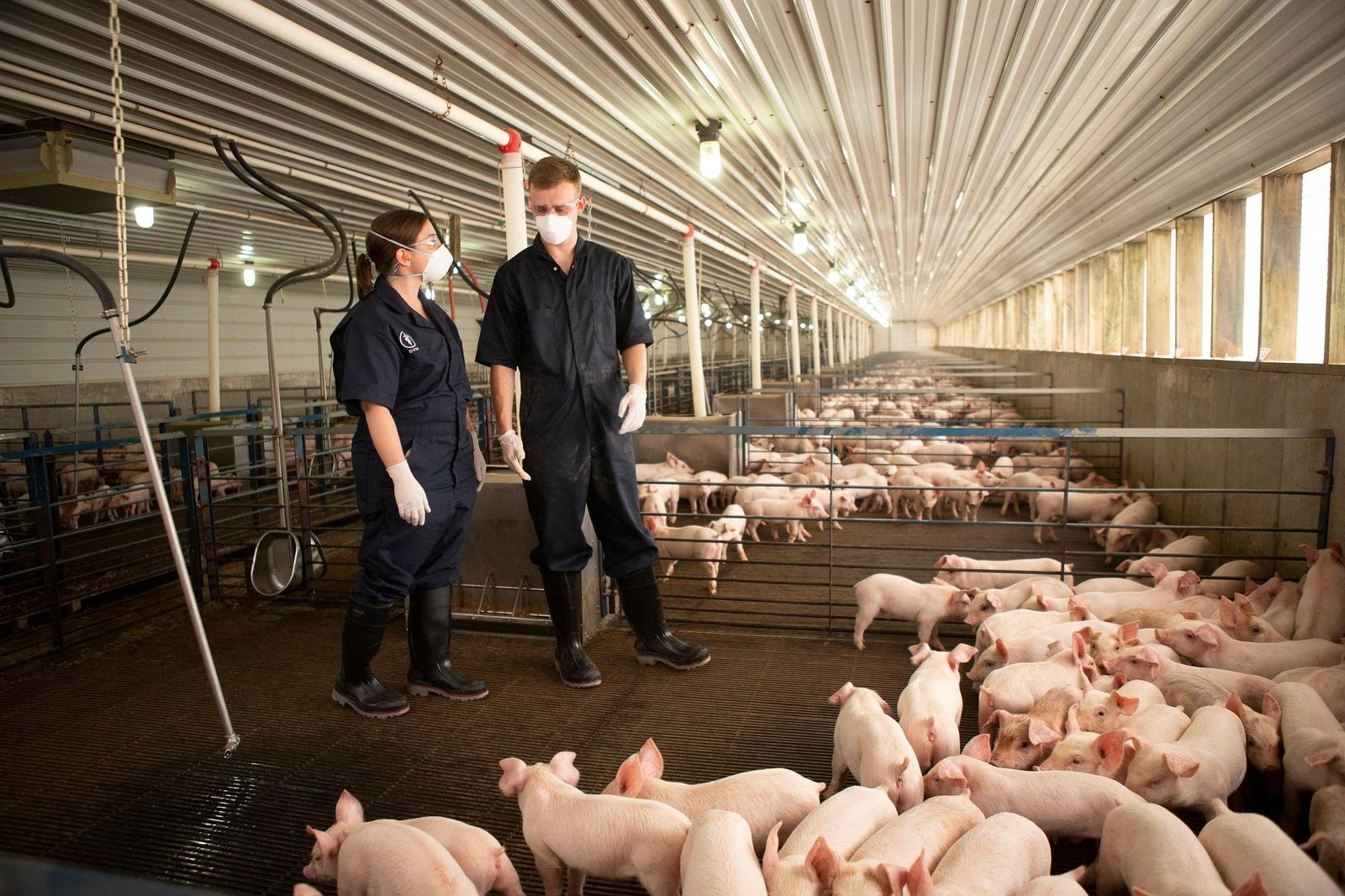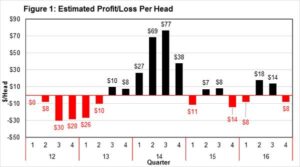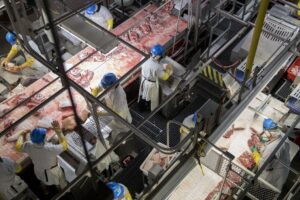
It’s Time to Focus on the Wins: Q3 State of the Pork Industry Report
Despite facing numerous challenges, the pork industry has shown remarkable resilience in Q3 2023.Producers have navigated supply chain disruptions, fluctuating feed costs, and regulatory pressures while maintaining productivity.The unexpected shining spots deserve recognition as we analyze the industry’s current position.
Hog prices have stabilized at $87.42 per hundredweight, approximately 4% higher than Q2 figures. This represents a welcome change after eighteen months of volatility. Meanwhile, production costs have decreased by about 8 percent compared to last year’s peak, giving producers some breathing room in their operational budgets.
And yet, challenges persist. Labour shortages continue to plague processing facilities, with vacancy rates hovering around 12%. Equipment modernization remains costly but necessary for efficiency gains.
“We’re seeing producers make tough but smart decisions about capital investments right now,” explains Maria Hernandez, senior analyst at AgriTech Consultancy. “Nobody’s throwing money around, but there’s a clear understanding that some upgrades simply can’t wait if you want to stay competitive in this market surroundings.”
Export markets present a mixed picture. China has reduced imports by 15.3% year-over-year,but emerging markets in Southeast Asia have partially offset this decline. Vietnam and the Philippines increased pork imports from U.S. producers by 9% and 11.2%, respectively. Could these markets eventually compensate for the Chinese shortfall? Industry experts remain cautiously optimistic.
Feed costs, traditionally the largest expense for producers, have moderated as their 2022 peaks.Corn prices averaged $5.75 per bushel in Q3, down from nearly $7 last year. Soybean meal costs similarly declined to approximately 375 dollars per ton.These reductions have helped improve producer margins substantially.
Consumer demand presents captivating contradictions. Retail sales of premium pork products have increased by 3.2% despite inflation concerns, while mid-range offerings saw a slight decline of 2.4%.This suggests market polarzation where budget-conscious consumers are trading down while others maintain preference for quality products.
Sustainability initiatives continue gaining momentum across the industry. Nearly 60% of large-scale operations now implement some type of methane capture technology, while approximately 42% utilize advanced waste management Systems. These environmental investments, while initially costly, are increasingly viewed as essential for long-term viability and consumer acceptance.
Disease pressures remain a significant concern. African Swine Fever (ASF) continues to threaten global herds, though U.S. biosecurity measures have thus far proven effective. The industry has invested roughly $24 million in enhanced biosecurity protocols over the past 18 months.
Looking ahead, analysts project modest growth for Q4. Production volume is expected to increase by 2.8% compared to Q3, with prices likely remaining stable. Weather uncertainties and potential feed cost fluctuations represent the most significant variables in these forecasts.
The regulatory landscape continues evolving, with new compliance requirements scheduled to take effect in early 2024.Many producers have already begun preparation for these changes, though implementation costs remain a concern.
while challenges certainly remain, the pork industry has demonstrated remarkable adaptability through the first three quarters of 2023.Strategic focus on efficiency, emerging export opportunities, and sustainability may provide the framework for continued resilience.





